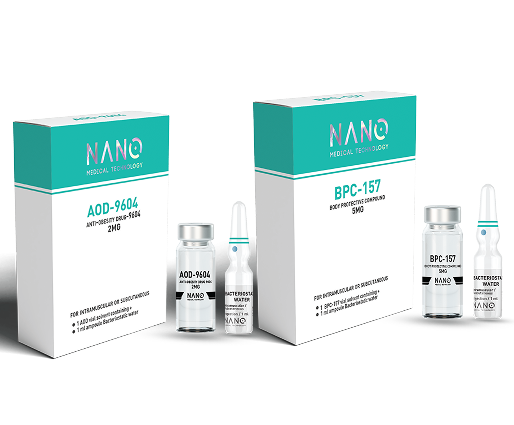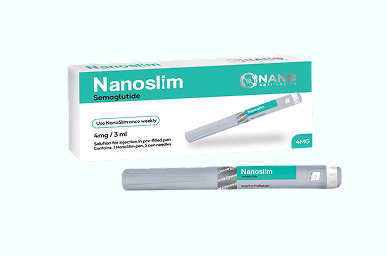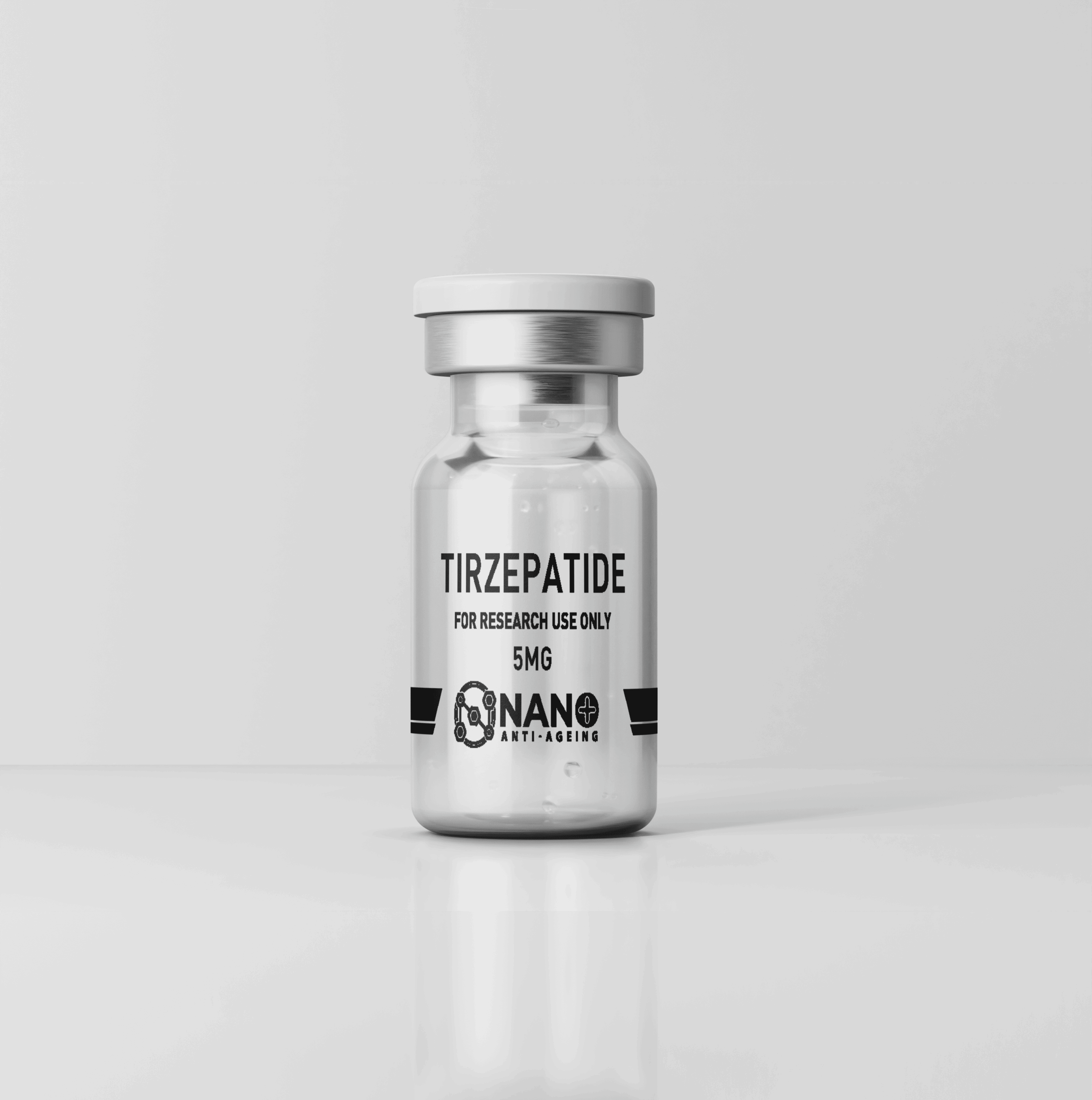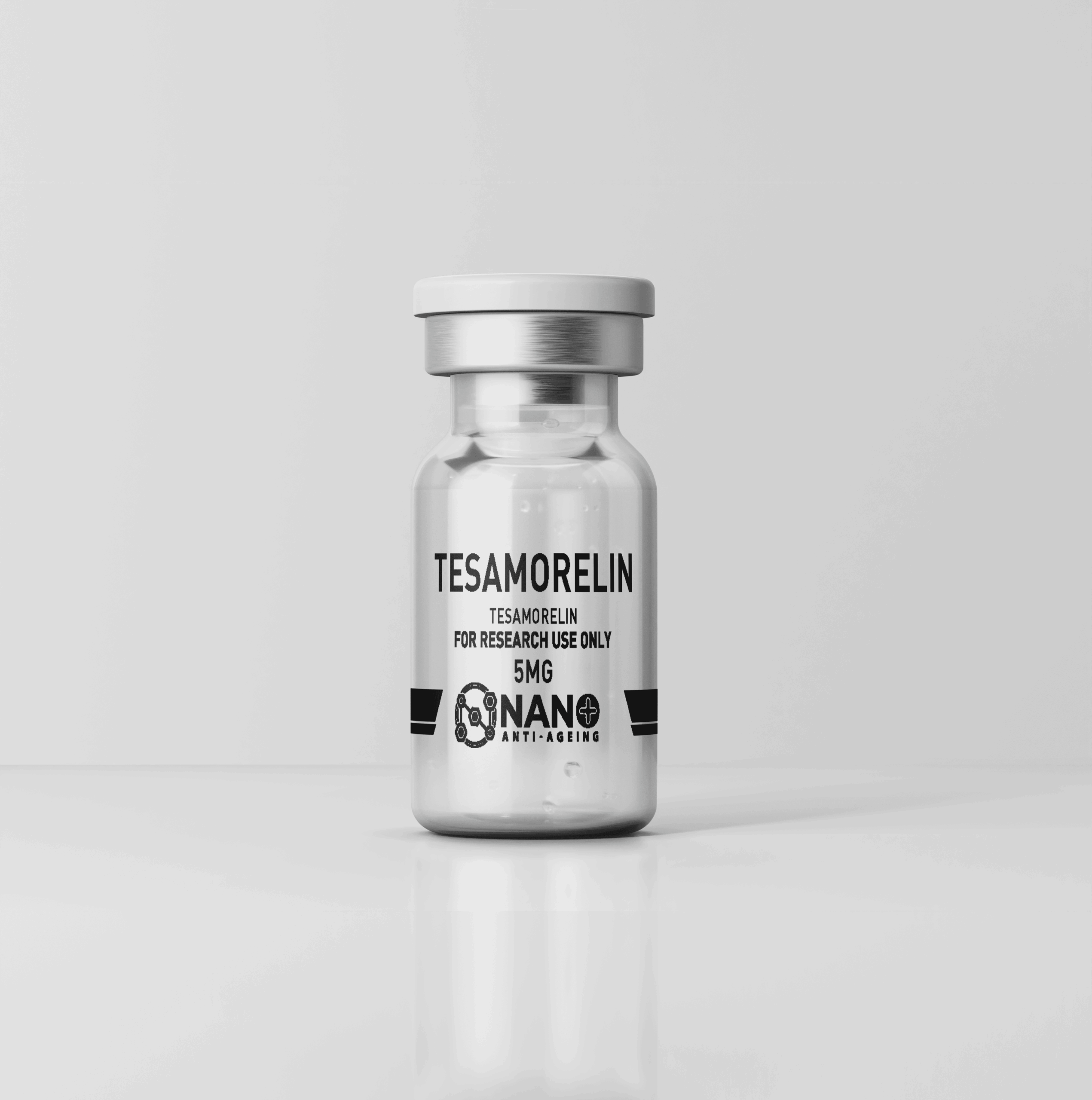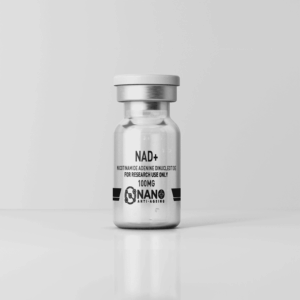The Role of GHRP-2 and GHRP-6 in Enhancing Health and Vitality

Growth Hormone and Its Importance
Growth hormone is a vital hormone in the human body, essential for growth, metabolism, and various physiological processes. When individuals experience deficiencies in growth hormone production, it can lead to growth-related issues and other health concerns. At NANO Anti-Aging, we recognize the significance of addressing these deficiencies. Peptides like GHRP-2 and GHRP-6 have gained attention for their ability to stimulate the release of growth hormone.
What Are GHRP-2 and GHRP-6?
GHRP-2 (Growth Hormone Releasing Peptide 2) and GHRP-6 (Growth Hormone Releasing Peptide 6) are peptides designed to mimic the action of ghrelin, a natural hormone that prompts growth hormone release from the pituitary gland. Both peptides bind to the ghrelin receptor, located in specific cells of the pituitary gland, initiating a signaling cascade that ultimately results in the release of growth hormone into the bloodstream.
These peptides belong to the first generation of Growth Hormone Release Peptides (GHRPs) and can operate independently or in conjunction with GHRH (Growth Hormone Releasing Hormone) peptides, targeting various receptors to enhance GH levels.
How Do GHRP-2 and GHRP-6 Work?
Therapy with GHRP-2 and GHRP-6 begins with a diagnosis of growth hormone deficiency (GHD) through clinical evaluation and hormone testing. If GHD is confirmed, healthcare providers may prescribe these peptides, typically administered through subcutaneous or intramuscular injections, with dosages tailored to the individual’s needs.
By binding to the ghrelin receptor in the pituitary gland, these synthetic peptides stimulate growth hormone release, mimicking the natural hormone release process. Throughout therapy, healthcare providers monitor the individual’s response with blood tests and assessments, making dosage adjustments as necessary.
The duration of treatment may vary based on specific medical conditions, with some individuals requiring ongoing treatment to maintain stable growth hormone levels.
How GHRP-2 and GHRP-6 Improve Well-Being
Here are several potential ways GHRP-2 and GHRP-6 may enhance your overall sense of well-being:
- Increased Energy: Growth hormone plays a key role in energy metabolism, and many individuals report feeling more energized and less fatigued while using these peptides, contributing to overall vitality.
- Better Sleep Quality: Growth hormone secretion tends to be higher during deep sleep. GHRP-2 and GHRP-6 may help enhance sleep quality, leading to improved mood, cognitive function, and overall well-being.
- Mood Enhancement: Some users have reported reductions in feelings of depression and anxiety while using these peptides, likely due to changes in neurotransmitter levels influenced by growth hormone.
- Improved Muscle Growth and Repair: Growth hormone promotes muscle growth and repair, enhancing physical performance and body composition, which can positively impact self-esteem.
- Skin Health Benefits: Growth hormone can positively affect skin health, increasing collagen production and elasticity, potentially resulting in a more youthful appearance and enhanced self-confidence.
- Cognitive Benefits: Some studies suggest that growth hormone may improve memory and cognitive function, contributing to overall well-being, especially in older individuals.
- Enhanced Recovery: GHRP-2 and GHRP-6 may aid in tissue repair and recovery from injuries or intense physical activity, reducing discomfort and enhancing well-being.
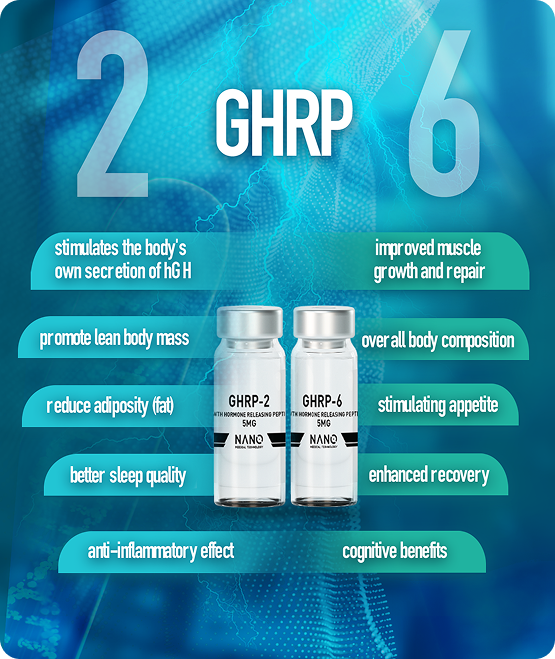
Conclusion
It’s essential to note that the effects of GHRP-2 and GHRP-6 can vary among individuals. Like any medication or peptide, these peptides can have side effects, including increased appetite, elevated cortisol levels, and increased prolactin levels. Responses to GHRP-2 and GHRP-6 can be influenced by factors such as age, genetics, overall health, and growth hormone deficiencies.
related Products
subscribe to get 10% off on your order
